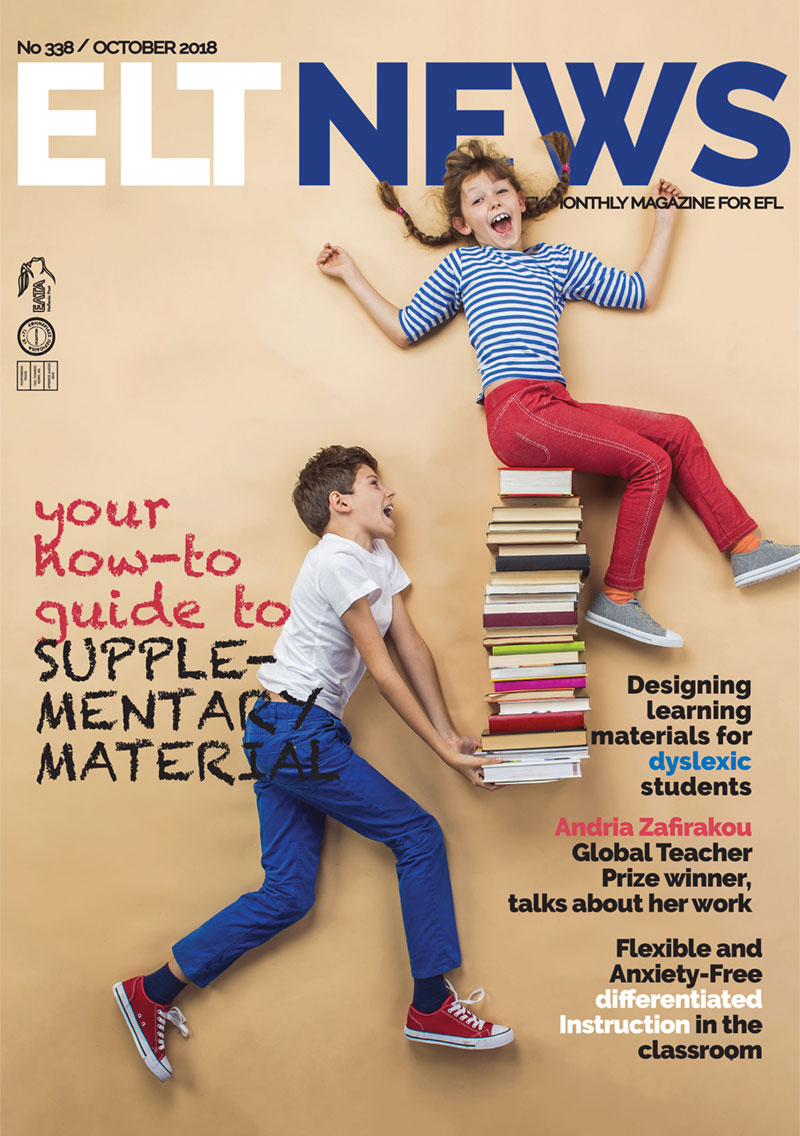Supplementary Materials, Do they work?
Course books are regarded as the core of teaching materials in the classroom and serve as pivotal role to facilitate the instructors’ teaching in the classroom. Penny Ur has described a textbook as a principal basis for instructors to follow on a systematic manner to carry out teaching in a language course.
What happens however, when one has to teach listening or speaking? Should a teacher follow the listening bits and the conversation starters of a coursebook? The coursebook may be a good idea for young learners but when it comes to teens and adults perspectives change.
As you move along the CEFR scale a student’s expectation and point of view of the world changes. Different needs and different aspirations call for differentiated learning.
If a teacher follows the structure set out by the author(s) of a textbook, the teacher may be curbed in their creativity as to how best to reach the students in their classes.
Lazaraton (2001) suggests that we should ask the following questions:
Who are the students? Why are they there? What do they expect to learn? What am I expected to teach? In what manner am I expected to teach the class?
Adopting Supplementary Material
Although most of the teachers who work in a language school are handed a course book to use in the classroom, they still have the flexibility/choice to decide how to use the book in a creative way. A teacher knows better the dynamics of her class and can decide how much of what to teach, namely, “which parts of the book to focus on and to enrich” (Biemer, 1992, p. 21). Lastly, the teacher needs to supplement materials to promote motivation, which is one of the key factors in learning (Brown, 1994, p. 152).
The question is what can be done to supplement the book and motivate the students? The first step is to understand how they learn. Then, supplements may be designed to help the students learn better.
Drills, for example, when used sparingly may enhance a lesson. If they are overused, or emphasized over content, they become boring and eventually useless. According to Lazarton (2001) however, if they are used to supplement other contextual activities, they become beneficial in introducing and reinforcing lessons.
What to supplement?
One of the supplemental activities that should be a must in EFL classes is vocabulary teaching. “Without an adequate list of words it will be difficult for students to produce the target language.” (Drakos, 2009, p.5).
Vocabulary lists can be done in class or as homework before the lesson takes place. By taking the responsibility of previewing new vocabulary they will be using in the class, students tend to become more independent learners, and come to class better prepared for the lesson.
Does it yield results?
According to a study conducted on adopting supplementary materials to enhance listening and speaking strategy use by college EFL learners, (Jonas et all, 2010), supplementary materials applied into English Listening and Speaking classes promoted students’ language skills.
Conculsion
Overall, teachers should apply diverse teaching models, practices and assessments to cater for individual differences and expand their EFL students’ learning capacity. Further research can also explore how supplementary materials can be adopted and used for ESP courses; something that would be of great interest to colleges and universities.
References
Drakos, J. (2009). FUEL: Functional and useful English Learning: An EFL teaching system. Manuscript on Eric Online ED505675.
Lazaraton, A. (2001). Teaching oral skills. In M. M. Celce (Ed.), Teaching English as a Second or Foreign Language (pp. 103 – 115).
Ur, P. (1996) A course in language teaching: Practice and theory. Cambridge: CUP•
